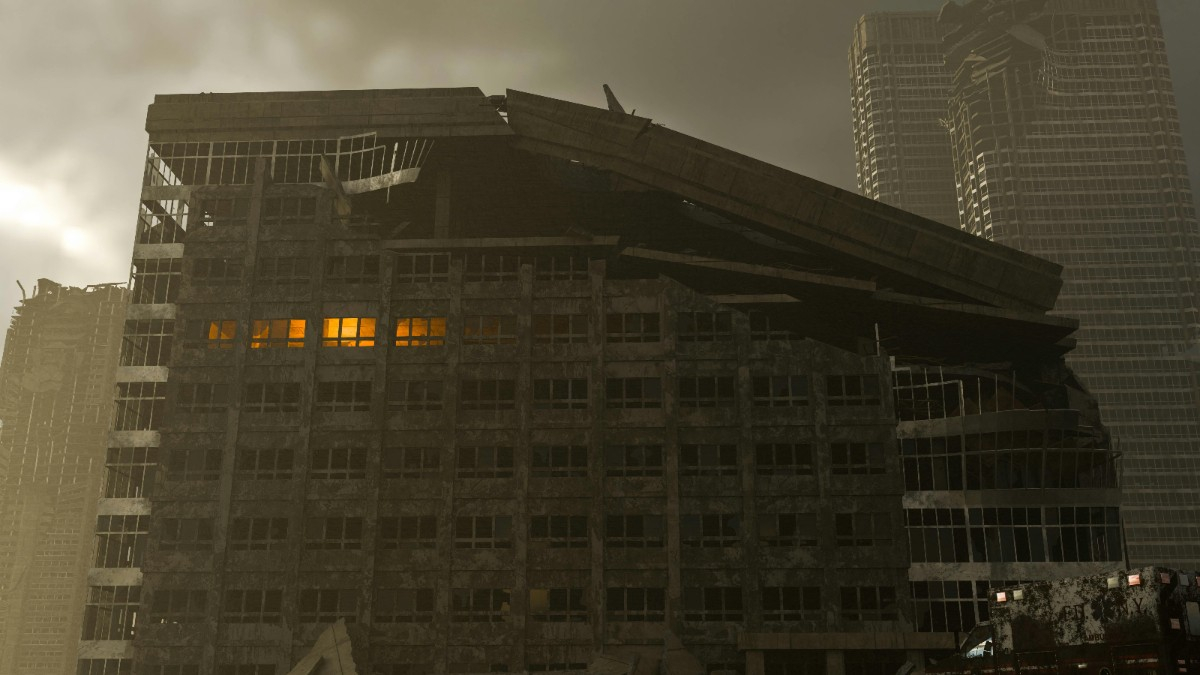On October 9, 2024, Hurricane Milton landed on the Gulf Coast of Florida with unprecedented violence, causing destruction due to heavy winds and rain in the area. The most unbelievable sight was the torn-off roof at Tropicana Field, home to the Tampa Bay Rays. This accident showed not only the depth of the violence of the storm but also a signal about how strong the infrastructure should be in hurricane-prone areas.
The aftermath of Hurricane Milton
Hurricane Milton made landfall first as a Category 3 with 120-mph winds. Meteorologists had warned the storm had the potential to be one for the record books, and indeed, Milton lived up to its ominous reputation. Though it made landfall near Siesta Key, it affected areas as far north as St. Petersburg, where Tropicana Fields is located.
As the winds increased, huge chunks of the roof of the stadium—constructed of the lightweight and opaque polymer ethylene tetrafluoroethylene (ETFE) and not designed to be retractable in any way—ripped off. Video posted on social media shows the surreal moment that the torn pieces of roof flapped violently in the storm with some exposure of the interior of the arena. Fortunately, reports showed that no injuries occurred within the facility as it had been used as a staging area for first responders and not as a shelter for the public during the storm.
Structural resilience and vulnerability
Tropicana Field was designed with a wind load-plus to 115 mph using an elaborate network of cables and struts. However, Hurricane Milton exceeded that threshold with his winds thus causing heavy structural damage to the place. The roof has been hailed as one of the largest cable-supported domed roofs in the world but the question now is the long-term viability and safety standards of the structure.
The demolition didn’t stay confined to the roof but spilled over into the surroundings, with heavy flooding and power outages affecting more than 1.9 million residences and businesses throughout Florida. St. Petersburg saw over 16 inches of rain from Milton’s rains, which thereby spawned flash flood warnings and declarations of emergencies34.
The aftermath and emergency response efforts
In the wake of Hurricane Milton, regional emergency response teams quickly set to work to survey damage and deliver aid. Tropicana Field served as an important staging center for the hundreds of first responders involved in the clean-up and recovery efforts. Cots were laid side by side on the stadium’s artificial turf as emergency responders got some well-deserved rest after long hours of service.
While rescue operations proceeded, the government embarked on determining infrastructure damages across Tampa Bay. The damages were massive, and it is reported that various cranes collapsed due to heavy winds, further compounding the recovery processes.
Community resilience and future considerations
The scene at Tropicana Field really reminded people how much more vulnerable communities in hurricane areas are. Indeed, modern engineering has made buildings resilient in the most adverse weather conditions. Still, it is scenes like this that remind one no building is completely immune from nature’s vagaries.
In light of recent hurricanes, such as Helene and now Milton, Florida officials are going to reassess building codes and strategies for better emergency preparedness. It has been proactive in cleaning debris from past storms in order to reduce hazards in new storms; however, with rapid coastal development and rising sea levels, ongoing challenges are still there.
Also in question is the future use of Tropicana Field as a recovery hub, as plans for a new $1.3 billion ballpark for 2028 completion would raise questions regarding the immediate structural integrity of the existing stadium.
Read more: This is the intense selection process for secret agents protecting Donald Trump and other presidents and former presidents
Read more: What is the $100 Trump coin? Here’s the Republican candidate’s latest business deal worth three times its silver value

